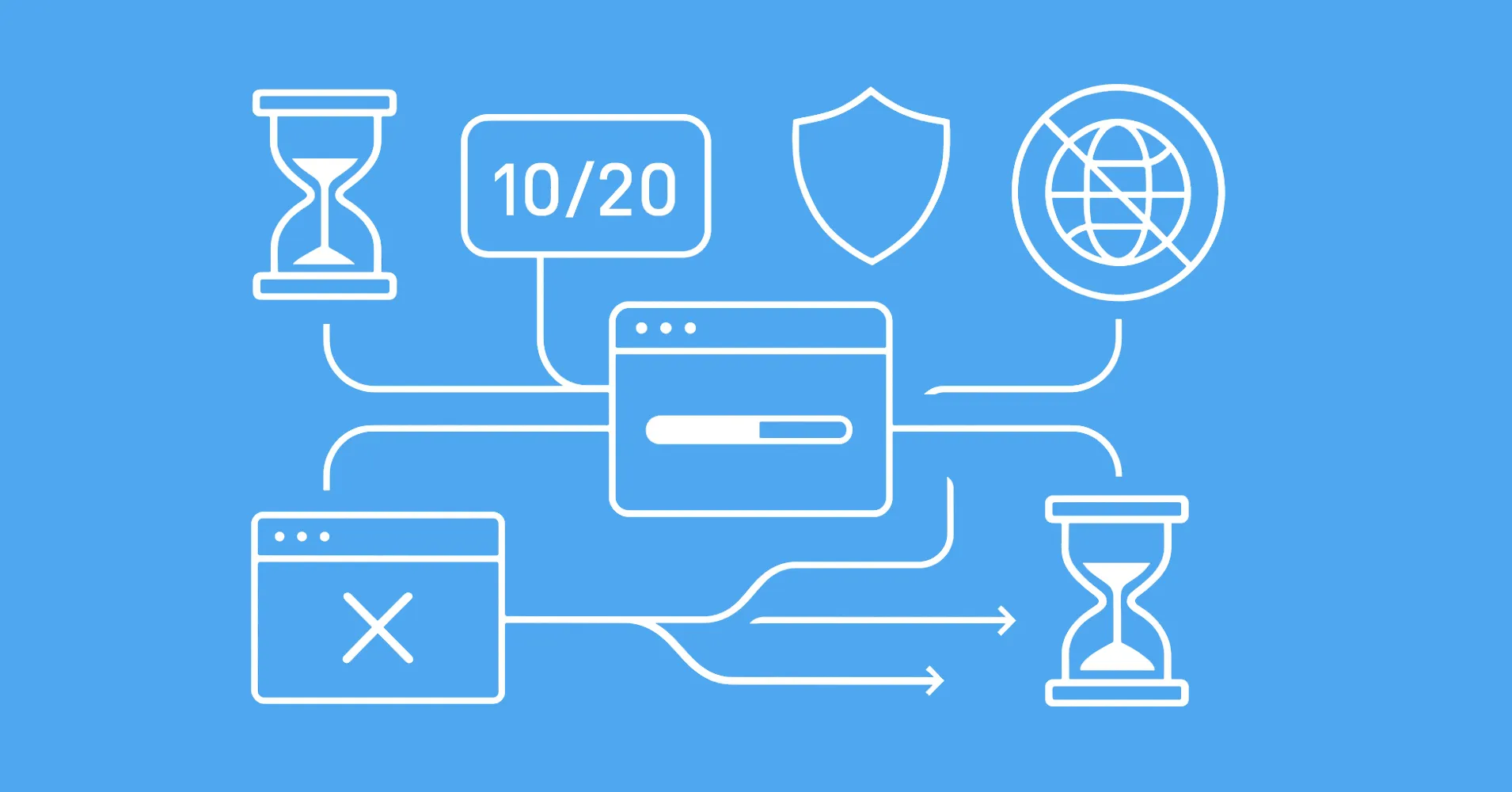HTTP (Hypertext Transfer Protocol) is the foundation of data communication on the web. It is a protocol used for transmitting hypertext via the internet, enabling web browsers and servers to communicate.
It's key to understand HTTP when working with web scraping and data programming, as it governs how requests and responses are structured. This includes understanding methods like GET, POST, PUT, DELETE, and the status codes that indicate the result of a request.
Modern HTTP can be really complex as of HTTP/2 and HTTP/3, which introduce features like multiplexing, header compression, and more efficient use of network resources. These advancements can significantly improve the performance of web pages but also complicate scraping efforts.
HTTP protocol can be fingerprinted to identify web scraping which requires extra care to avoid detection. This includes managing headers, cookies, user agents, and other aspects of the HTTP request.
See below for more on HTTP in the context of web scraping and data programming 👇






































